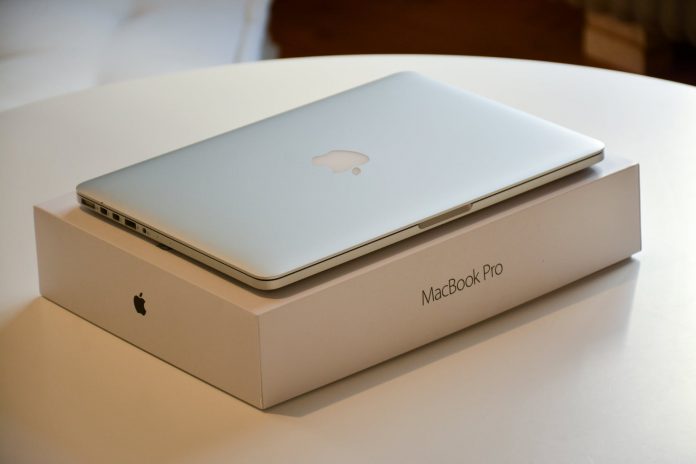
Is your Mac laptop not working properly? Not sure what’s going on? Check out this beginner’s guide on troubleshooting MacBook Pro computers.
Apple products are known for both their quality build and the utility that they provide. This is especially true for Mac computers.
Unfortunately, it’s not impossible to run into issues on these machines, and many people aren’t aware of the common problems they’ll face (or their solutions).
Not sure where to start? Don’t worry, we’ve got you covered.
Let’s take a look at everything you need to know about troubleshooting MacBook Pro problems.
Overheating Problems
Table of Contents
One of the most commonly faced issues that people have with Macbook computers is overheating. It’s important to note, though, that this isn’t simply a reference to a computer getting hot as it runs.
It’s common for machines to experience a rise in temperature while they’re in use. This is especially true when running programs that require a large amount of CPU power, such as videogames or video conference software.
It’s not typical, though, for your machine to get notably hot while all you’re doing is browsing the Internet.
Solution:
Open your Macbook’s Activity Monitor application to determine what programs are at fault. From here, you’ll be able to close any applications that are particularly stressful on your machine.
In the event that you’re unable to find which programs are the root of the cause, restarting your computer should resolve the issue.
Slow Performance
Having a computer that is performing slowly can be infuriating. This is particularly true if you’re completing schoolwork, obligations for your job, or working on a personal project.
In fact, slow performance can sometimes make these endeavors impossible.
Fortunately, fixing your computer’s lackluster performance often only requires a few minutes of your time.
Solution:
First, restart your machine. Then, check for any updates that are available for your operating system and install them as soon as you can.
Afterward, you can perform the same fix for overheating by checking your Activity Monitor.
If you’re unable to find any programs that are taking up a lot of memory and energy, check how much of your computer’s storage you’ve used so far.
As you get closer to your storage limit, you’ll find that your computer’s performance takes hit as time goes on.
Not Charging Properly
A MacBook computer that won’t charge will inevitably become impossible to use. This scenario can be notably frightening if you notice your computer is failing to charge while you’re in the middle of an important project or an assignment.
More often than not, any charging issues that you experience are often caused by the chargers itself. General wear and tear is the most likely culprit, but chargers could also have difficulty functioning properly if there are cuts or burns along the cable.
Of course, the issue may also stem from your computer itself.
Solution:
If your MacBook has a removable battery, take it out of the hardware and plug your computer into the charger. If it functions normally, then the issue has to do with your battery and likely requires a replacement.
If this step isn’t applicable to you or doesn’t work, you can attempt to reset your MacBook’s System Management Controller. This involves taking the following steps:
- Shut down your computer
- Press and hold down the left Option key the left Control key, the right Shift key, and the Power button for seven seconds
- Release all of the keys and then turn on the computer normally
Can’t Connect to WiFi
As with a computer that won’t charge, a computer that is unable to connect to the Internet won’t be very productive. It’s one of the most frustrating issues that users encounter, and it often arises out of nowhere.
Before you begin troubleshooting, though, check to see if any other devices you own are able to connect to the same network. If they are having no issues, then you’ll know the problems with your computer.
If other devices can’t connect, you’ll need to contact your Internet service provider in order to resolve the issue.
Solution:
First, open the System Preferences application and navigate to the Networks tab. In the bottom left corner of the staff, there is a button named ‘Advanced.’
Click on this and then browse the list of preferred networks. Locate the network that you’re attempting to connect to and click the minus sign next to it.
This will prevent your computer from automatically attempting to connect to this network.
Then, click on the Wi-Fi icon on your MacBook’s menu bar and find the same network from the dropdown list. If everything goes correctly, you should now be able to connect to the Internet again.
Screen Issues
This type of problem often comes in two forms:
- The screen erratically Flickers
- The screen appears black and makes proper use impossible
A black screen also sometimes occurs from a kernel panic. You can visit this resource to learn more.
While these issues stem from different causes, they often have the same solution. Assuming there is no hardware damage involved, you’ll be able to fix this problem by restarting your computer in safe mode.
Solution:
As you turn on your computer, immediately hold the Shift key while your computer starts up. When you see the login window for your MacBook, release the Shift key.
In the top right corner of the window, you should see the text that reads ‘Safe boot.’ This will allow your computer to automatically detect and resolve any issues that could cause screen display abnormalities.
Troubleshooting MacBook Pro problems Can Seem Difficult
But it doesn’t have to be.
With the above information about troubleshooting MacBook Pro problems in mind, you’ll be well on your way toward taking the necessary steps to resolve the issue as soon as possible.
Want to learn more lifestyle tips that can help you out in the future? Be sure to check out the rest of our blog.















